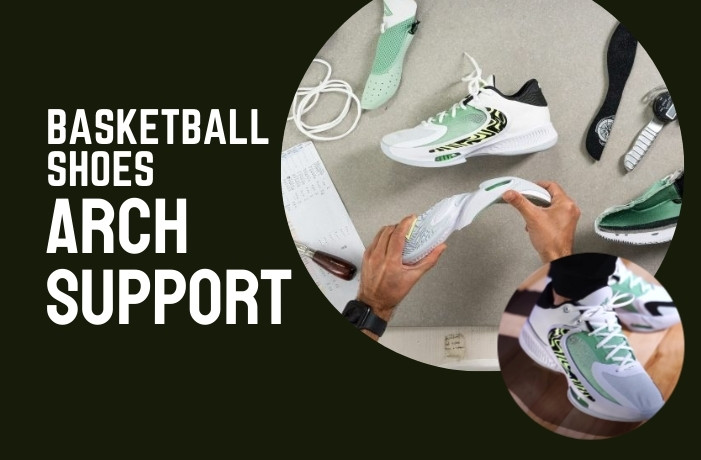Plantar Fasciitis is a common foot condition that causes pain and discomfort in the heel and bottom of the foot.
It is often the result of overuse, poor foot support, or tight calf muscles. While anyone can develop Plantar Fasciitis, people who spend a lot of time on their feet, such as athletes, manual laborers, and people who are overweight, are at a higher risk. Proper footwear can play a critical role in treating and managing Plantar Fasciitis.
In this blog, we will discuss the characteristics of good shoes for Plantar Fasciitis, the different types available, and tips on choosing the right shoes to help alleviate pain and improve mobility.
Whether you are suffering from Plantar Fasciitis or just looking to prevent it, this guide will provide you with valuable information and recommendations.
Understanding Plantar Fasciitis
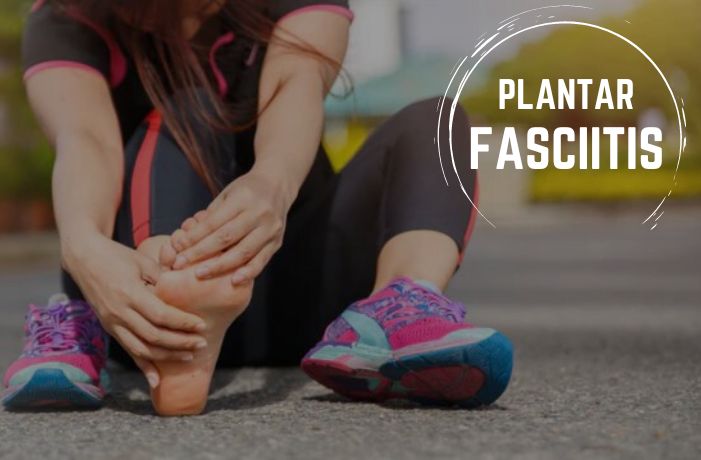
Plantar Fasciitis is a condition that affects the heel and bottom of the foot and is caused by inflammation of the plantar fascia, a thick band of tissue that runs across the bottom of the foot and connects the heel bone to the toes.
The plantar fascia acts as a shock absorber and supports the foot, and when it becomes inflamed, it can cause sharp pain in the heel and along the bottom of the foot.
The condition can be caused by several factors, including overuse, poor foot support, flat feet, high arches, tight calf muscles, or wearing shoes with insufficient arch support and cushioning. People who are on their feet a lot, such as athletes, manual laborers, and people who are overweight, are at a higher risk for developing Plantar Fasciitis.
It is essential to seek treatment for Plantar Fasciitis as soon as symptoms appear, as the condition can become chronic if left untreated. A combination of stretching exercises, physical therapy, and supportive footwear can help alleviate the pain and improve mobility.
We will delve into the various symptoms of Plantar Fasciitis and the importance of choosing the proper footwear to help manage the condition and prevent it from becoming chronic.
Causes of Plantar Fasciitis
Plantar Fasciitis is caused by the inflammation of the plantar fascia, a thick band of tissue that runs along the bottom of the foot and connects the heel bone to the toes. The plantar fascia acts as a shock absorber and helps to support the foot. Several factors can contribute to the development of Plantar Fasciitis, including:
Overuse
Repetitive activities, such as running, jumping, or standing for long periods, can stress the plantar fascia, leading to inflammation and pain.
Poor Foot Support
Repetitive activities, such as running, jumping, or standing for long periods, can stress the plantar fascia, leading to inflammation and pain.
Flat Feet
People with flat feet have a low arch, and their feet roll inward, putting extra stress on the plantar fascia.
High Arches
People with high arches have a high angle, and their feet roll outward, putting extra stress on the plantar fascia.
Tight Calf Muscles
Tight calf muscles can cause the foot to point downward, putting extra stress on the plantar fascia.
Age
As people age, their feet tend to flatten, and their muscles and tendons become less flexible, increasing the risk of developing Plantar Fasciitis.
It is essential to address the underlying causes of Plantar Fasciitis to effectively manage the condition and prevent it from becoming chronic. A combination of stretching exercises, physical therapy, and supportive footwear can help alleviate the pain and improve mobility.
Risk Factors for Developing Plantar Fasciitis
Risk factors for developing Plantar Fasciitis include age, occupation, overweight, foot structure, preexisting foot conditions, and participation in certain activities.
People over 40 are more likely to develop the situation, as are those who spend a lot of time on their feet, such as athletes and manual laborers. Individuals who are overweight or have flat feet, high arches, or other structural abnormalities of the feet are also at a higher risk.
Additionally, those who participate in high-impact activities, such as running or jumping, are more susceptible to developing Plantar Fasciitis. It is essential to be mindful of these risk factors and take steps to reduce the likelihood of developing the condition, such as wearing supportive footwear and maintaining a healthy weight. If you are experiencing pain in the heel or bottom of the foot, you should see a doctor for proper diagnosis and treatment.
Diagnosis and Treatment Options
Diagnosis and Treatment of Plantar Fasciitis:
- Diagnosis: A doctor will conduct a physical examination and may order imaging tests, such as an X-ray or MRI, to confirm a diagnosis of Plantar Fasciitis.
- Non-Surgical Treatment: The most common treatment for Plantar Fasciitis is non-surgical and includes:
- Stretching exercises to improve flexibility
- Physical therapy to improve strength and mobility
- Orthotics or arch supports provide support to the feet.
- Anti-inflammatory medication to relieve pain and swelling
- Ice therapy to reduce pain and swelling
- Surgical Treatment: In severe cases, surgery may be recommended to release the tight plantar fascia and relieve pain.
- At-Home Care: Wearing supportive shoes and avoiding activities that put extra stress on the feet can also help manage symptoms of Plantar Fasciitis.
It is essential to seek treatment for Plantar Fasciitis as soon as possible to prevent the condition from becoming chronic and causing long-term discomfort and mobility issues. Your doctor can help determine the best course of treatment for your individual needs.
Characteristics of Good Shoes for Plantar Fasciitis
Good shoes for Plantar Fasciitis should provide adequate arch support, cushioning, and flexibility to reduce stress on the feet. They should also have a stiff heel counter and deep heel cup made from breathable material.
To ensure a comfortable fit, it’s essential to try on shoes at the end of the day when your feet are at their largest and walk around in them. Choosing the right shoes can significantly impact the symptoms of Plantar Fasciitis and help maintain mobility.
Arch Support
Arch support is a crucial aspect of shoes for Plantar Fasciitis as it helps distribute weight evenly across the foot, reducing strain on the plantar fascia. Shoes with good arch support can come from built-in arch supports or custom orthotics. Arch support helps to prevent overpronation, which can exacerbate symptoms of Plantar Fasciitis.
Individuals with high arches or flat feet may require extra arch support to prevent overstretching of the plantar fascia. Custom orthotics can be made to fit the specific needs of the individual and provide additional support to the arch.
When shopping for shoes, look for shoes with a contoured footbed or built-in arch support. Try on shoes at the end of the day when feet are at their most significant to ensure a comfortable fit, and consider adding custom orthotics for extra support if needed.
Cushioning
Cushioning is another essential characteristic of shoes for Plantar Fasciitis, as it helps absorb shock and reduce the impact on the heel, a common source of pain for those with this condition. Shoes with a cushioned sole or orthotic inserts can provide extra cushioning to help alleviate symptoms and reduce the risk of further injury.
When shopping for shoes, look for shoes with a cushioned midsole or add orthotic inserts to provide additional cushioning. In addition, shoes with a padded tongue and collar can provide extra cushioning and comfort to the feet.
Choosing shoes with adequate cushioning is essential as this can help reduce the risk of developing Plantar Fasciitis or exacerbating existing symptoms. Cushioning can also help reduce fatigue and improve overall comfort, allowing individuals to stay active and maintain mobility.
Sturdy Heel Counter
A sturdy heel counter is an essential aspect of shoes for Plantar Fasciitis, as it helps to stabilize the foot and prevent excessive movement that can exacerbate symptoms. A sturdy heel counter should be made of a stiff material that supports the heel while allowing for some flexibility.
A deep-heel cup is another crucial aspect to look for when shopping for shoes for Plantar Fasciitis. A deep heel cup helps cradle the heel and provide support, reducing strain on the plantar fascia and alleviating pain.
When shopping for shoes, look for shoes with a sturdy heel counter and deep heel cup.
Try on shoes when your feet are most prominent at the end of the day, and walk around to ensure a comfortable fit and proper support. Choosing shoes with a sturdy heel counter and deep heel cup can help reduce the risk of developing or exacerbating Plantar Fasciitis symptoms.
Flexibility
Critical Factor in Choosing Shoes for Plantar Fasciitis
Flexibility is crucial when choosing shoes for Plantar Fasciitis, as it allows the foot to move naturally and reduces strain on the plantar fascia. Too rigid shoes can limit mobility and increase the risk of injury.
When shopping for shoes, look for shoes with a flexible sole, as this will allow the foot to move naturally and reduce strain on the plantar fascia. Shoes made of flexible materials such as canvas or mesh are often a good choice as they balance support and flexibility.
In addition, shoes with a rocker’s bottom can help promote a natural gait and reduce strain on the plantar fascia. Rocker bottom shoes have a rounded sole that encourages a rolling motion, reducing the impact on the heel and reducing stress on the plantar fascia.
Choosing shoes with the right balance of flexibility and support can significantly impact the symptoms of Plantar Fasciitis and help maintain mobility. Look for shoes with flexible soles made of breathable materials, and consider shoes with a rocker bottom for extra support.
Importance of Characteristics in Shoes for Plantar Fasciitis

Arch support distributes weight evenly and reduces strain on the plantar fascia, and cushioning helps absorb shock and reduce the impact on the heel.
A sturdy heel counter stabilizes the foot and prevents excessive movement. Flexibility allows natural foot movement and reduces strain on the plantar fascia. Each of these characteristics is important for reducing symptoms and preventing further injury for individuals with Plantar Fasciitis.
Shoes for Plantar Fasciitis
Suitable shoes for Plantar Fasciitis include running shoes, walking shoes, sandals with arch support, orthopedic shoes, and good arch support and cushioning. Choose a shoe that fits well, provides adequate arch support and cushioning, and has a sturdy heel counter and flexible sole.
Running shoes
Running shoes with good arch support, cushioning, and a sturdy heel counter can help reduce strain on the plantar fascia and provide comfort for individuals with Plantar Fasciitis.
Examples of running shoes that are suitable for individuals with Plantar Fasciitis include:
1. ASICS Gel-Kayano 26
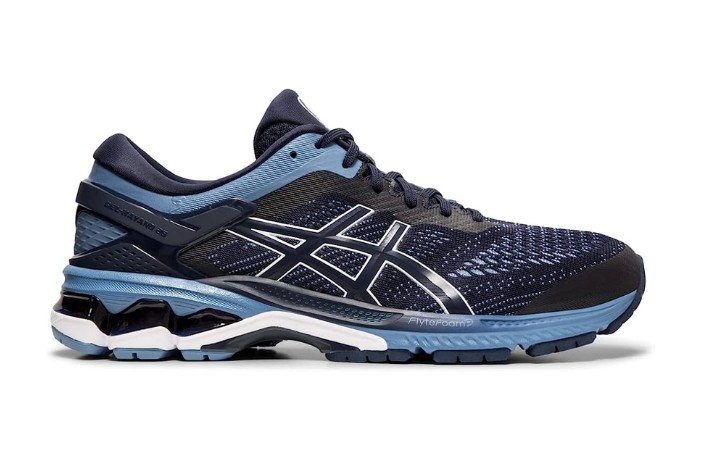
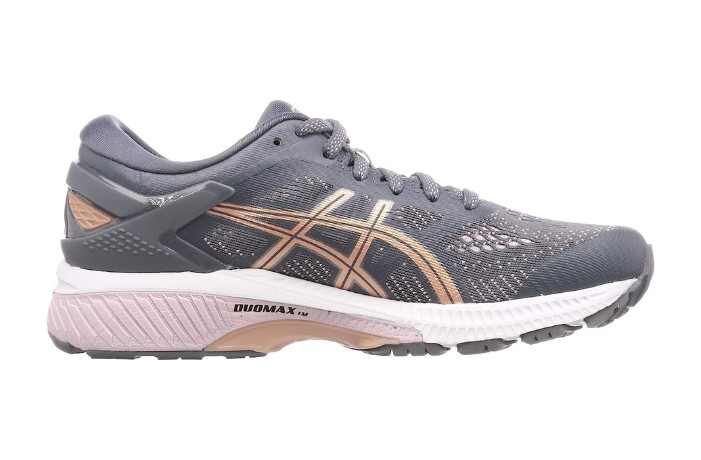
2. Hoka One One Bondi 7
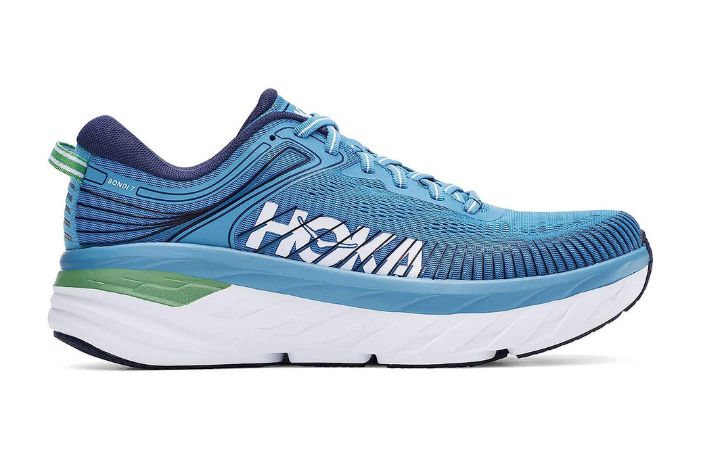
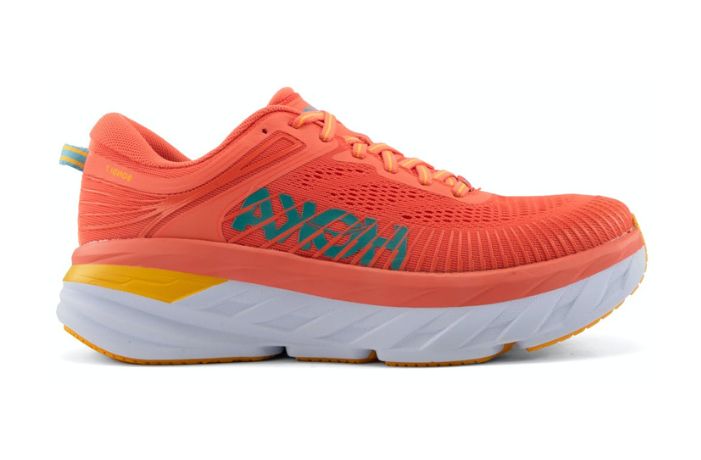
3. Adidas Ultraboost 21
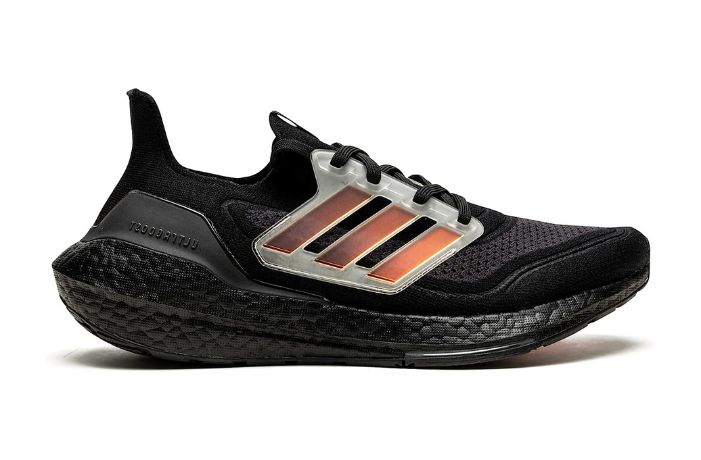

These shoes are known for their arch support, cushioning, and sturdy heel counter, making them an excellent option for individuals with Plantar Fasciitis. It’s essential to remember that everyone’s feet are different, and what works for one person may not work for another, so it’s always best to try on a few other options to find the best fit for your feet.
Pickleball Shoes
Pickleball is a fast-paced sport that requires quick movements, so it’s essential to wear shoes that can keep up.
For individuals with Plantar Fasciitis, it’s crucial to find shoes that provide good arch support, cushioning, and a sturdy heel counters to help reduce strain on the plantar fascia and promote natural movement.
When choosing pickleball shoes for Plantar Fasciitis, it’s essential to consider the fit and support of the shoes. Try on a few different options and select the shoes that provide the best comfort and support for your feet. If you need help determining what shoes are right for you, you should consult a healthcare professional or physical therapist to get a recommendation.
Walking Shoes
Walking is a great way to stay active and maintain good health, but it can also put a lot of stress on the feet, especially if you have Plantar Fasciitis. That’s why it’s vital to choose walking shoes that provide adequate support and cushioning for the feet.
Here are some of the best walking shoes for individuals with Plantar Fasciitis:
9. Brooks Ghost 13
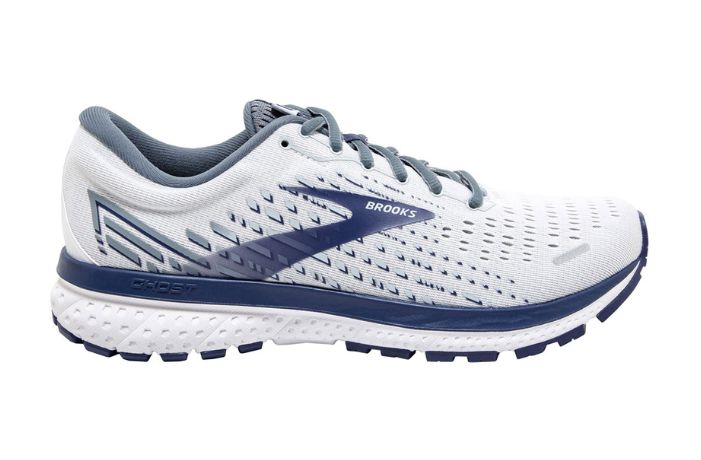
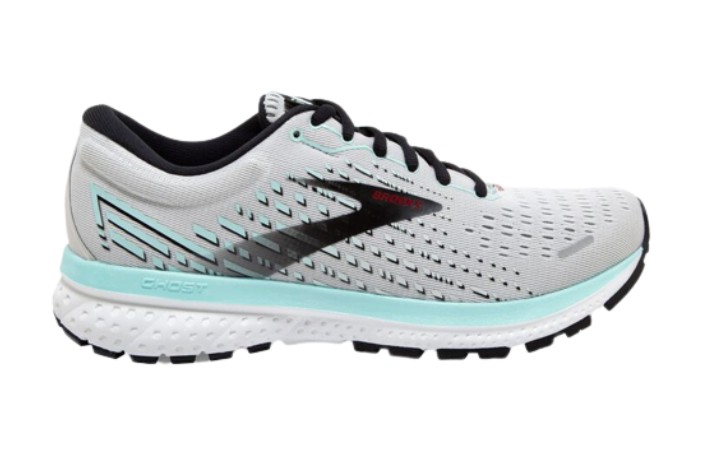
When choosing walking shoes for Plantar Fasciitis, it’s essential to consider the arch support, cushioning, and stability provided by the shoes. Try on a few different options and select the shoes that provide the best comfort and support for your feet. If you need help determining what shoes are right for you, you should speak with a healthcare professional or physical therapist to get a recommendation.
Sandals
Sandals can be a good option for individuals with Plantar Fasciitis during the warmer months, as they allow the feet to breathe and can provide adequate support for the feet.
When choosing sandals for Plantar Fasciitis, it’s essential to look for options that provide arch support, cushioning, and stability for the feet.
Here are some of the best sandals for individuals with Plantar Fasciitis:
1. Olukai Ohana Sandals
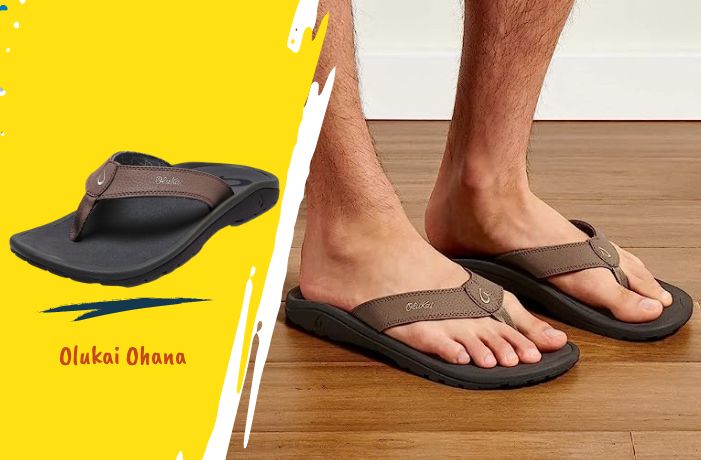
2. Vionic Rest Bella
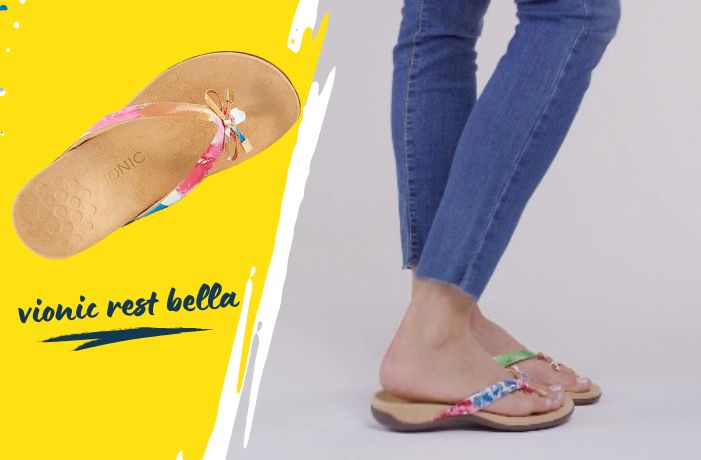
3. Teva Original Universal Sandals
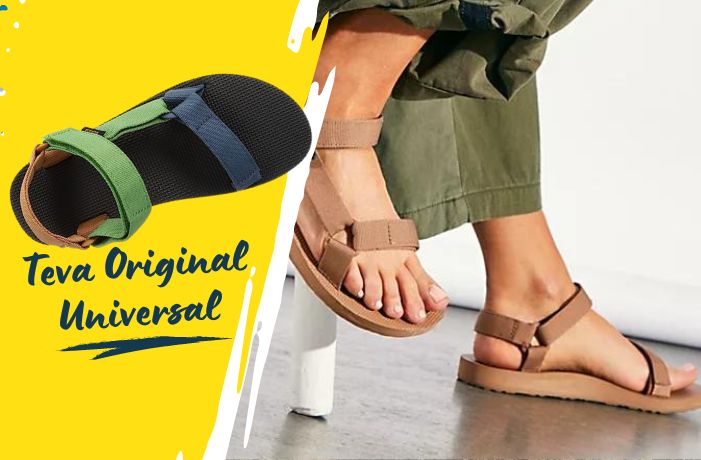
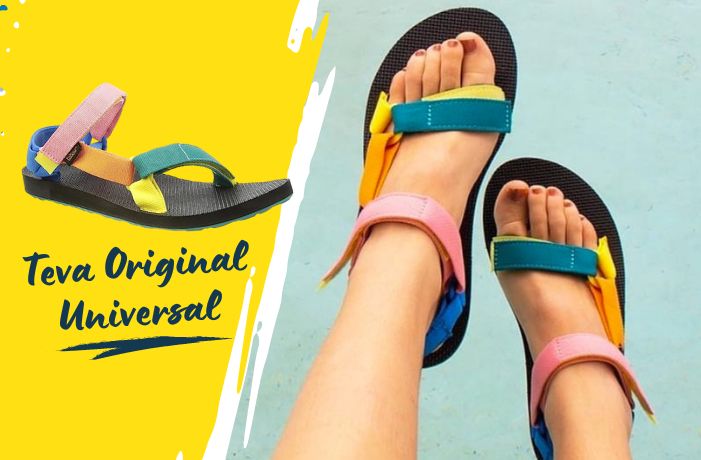
When trying on sandals for Plantar Fasciitis, it’s essential to consider the fit and support provided by the shoes. Consider the height of the sandal’s heel, as a higher heel can put more stress on the feet. If you need clarification on what sandals suit you, it’s always best to consult a healthcare professional or physical therapist to get a recommendation.
Top Brands for Shoes for Plantar Fasciitis
Several brands are known for producing shoes designed for individuals with Plantar Fasciitis. These brands offer a variety of styles, including athletic, casual, and dress shoes, so you can find a pair that fits your lifestyle and meets your needs.
Here are some of the top brands of shoes for Plantar Fasciitis:
- New Balance
- ASICS
- Brooks
- Sketchers
- Olukai
- Vionic
- Merrell
- Reef
- Teva
- Chacos
When choosing shoes for Plantar Fasciitis, it’s essential to look for options from trusted brands with a reputation for producing high-quality, supportive footwear. Additionally, consider trying different styles from different brands to find the pair that provides the best fit, support, and comfort for your feet. Remember to speak with your doctor or physical therapist for their recommendations and advice on the best shoes for your needs.
How to Choose the Right Shoes for Plantar Fasciitis
Choosing the right shoes for Plantar Fasciitis can be overwhelming, with many options and features to consider. To help you make the best decision for your feet, consider the following tips:
- Please consult with a doctor or physical therapist: Before making any decisions, it’s essential to get the advice of a healthcare professional. They can provide personalized recommendations based on your unique symptoms and needs.
- Consider your lifestyle and daily activities: What activities will you use the shoes for? Running? Walking? Casual wear? It will help you determine what type of shoe you need.
- Focus on support: Look for shoes with good arch support, cushioning, and a sturdy heel counter. These features will help alleviate pressure on your feet and reduce pain.
- Get fit: Don’t rely solely on the size you think you are. Get measured by a professional and try on several sizes and brands to find the best fit. Make sure there is enough room in the toe box for your toes to move comfortably but only a little space for your feet to slide around inside the shoes.
- Break them in: Give your new shoes enough time to break in before you start wearing them for extended periods. It will help you get used to the fit and ensure they are comfortable.
- Replace your shoes regularly: The support and cushioning will deteriorate over time, so it’s crucial to replace them regularly to ensure that your feet still receive the proper support.
Maintenance and Care of Shoes for Plantar Fasciitis
Proper maintenance and care of your shoes for Plantar Fasciitis is crucial to their longevity and effectiveness. Regular cleaning to remove dirt and debris, proper storage to prevent mold and mildew, rotating between multiple pairs, and replacing your shoes as needed are all essential steps.
Neglecting to care for your shoes can result in decreased support and comfort, ultimately leading to increased pain and discomfort from Plantar Fasciitis. Taking the time to maintain and care for your shoes properly can ensure that they provide support and comfort for a healthy and active lifestyle.
Tips for Keeping Shoes in Good Condition
Here are some tips for keeping your shoes for Plantar Fasciitis in good condition:
Regular Cleaning
Wipe down the shoes after each use to remove dirt, sweat, and other debris. It will help to prevent the buildup of bacteria and odors.
Proper Storage
Store shoes in a cool, dry place to prevent mold and mildew. Avoid storing shoes in direct sunlight or damp areas.
Rotate Your Shoes
Rotating between multiple pairs of shoes can help extend their lifespan and prevent overuse in one particular pair.
Replace Shoes When Needed
Shoes for Plantar Fasciitis should be replaced every 300-500 miles or when they show signs of wear and tear, such as creasing, stretched-out material, or loss of cushioning and support.
By following these simple steps, you can ensure that your shoes for Plantar Fasciitis remain in good condition and provide the necessary support and comfort for a healthy and active lifestyle.
Importance of Replacing Shoes Regularly
Replacing shoes for Plantar Fasciitis regularly is vital for several reasons:
Loss of Support and Cushioning
Over time, shoes can lose their cushioning and support, exacerbating symptoms of Plantar Fasciitis. Replacing shoes ensures you have the necessary support and comfort to reduce pain and prevent further injury.
Wear and Tear
Regular use of shoes can result in wear and tear, such as creased material, stretched-out fabric, and loss of support. It can negatively affect the shoes’ effectiveness in providing proper support and cushioning.
Bacterial Growth
Over time, shoes can become a breeding ground for bacteria, leading to unpleasant odors and potential health issues. Replacing shoes regularly can help prevent the buildup of bacteria.
Improved Performance
Regularly replacing shoes can improve performance and provide better support for your feet. It can improve posture, balance, and comfort and help prevent further injury and pain.
By regularly replacing shoes for Plantar Fasciitis, you can ensure that you have the necessary support, comfort, and protection for a healthy and active lifestyle.
Conclusion
To summarize, if you suffer from Plantar Fasciitis, finding the right shoes can make all the difference in managing your condition. Shoes with proper arch support, cushioning, heel counter, and flexibility are crucial. ASICS, New Balance, and Brooks are some of the top brands to consider when choosing shoes for Plantar Fasciitis.
In addition to Plantar Fasciitis, other foot conditions like Posterior Tibial Tendonitis can benefit from appropriate footwear. Massage therapy can also be effective in managing Posterior Tibial Tendonitis.
To learn more about this condition and the best shoes, click “Best Shoes for Posterior Tibial Tendonitis.“
Remember, taking care of your shoes is equally important for long-term relief from foot pain.
The regular replacement and proper maintenance can ensure that your shoes provide the necessary support and comfort to manage your condition effectively.


